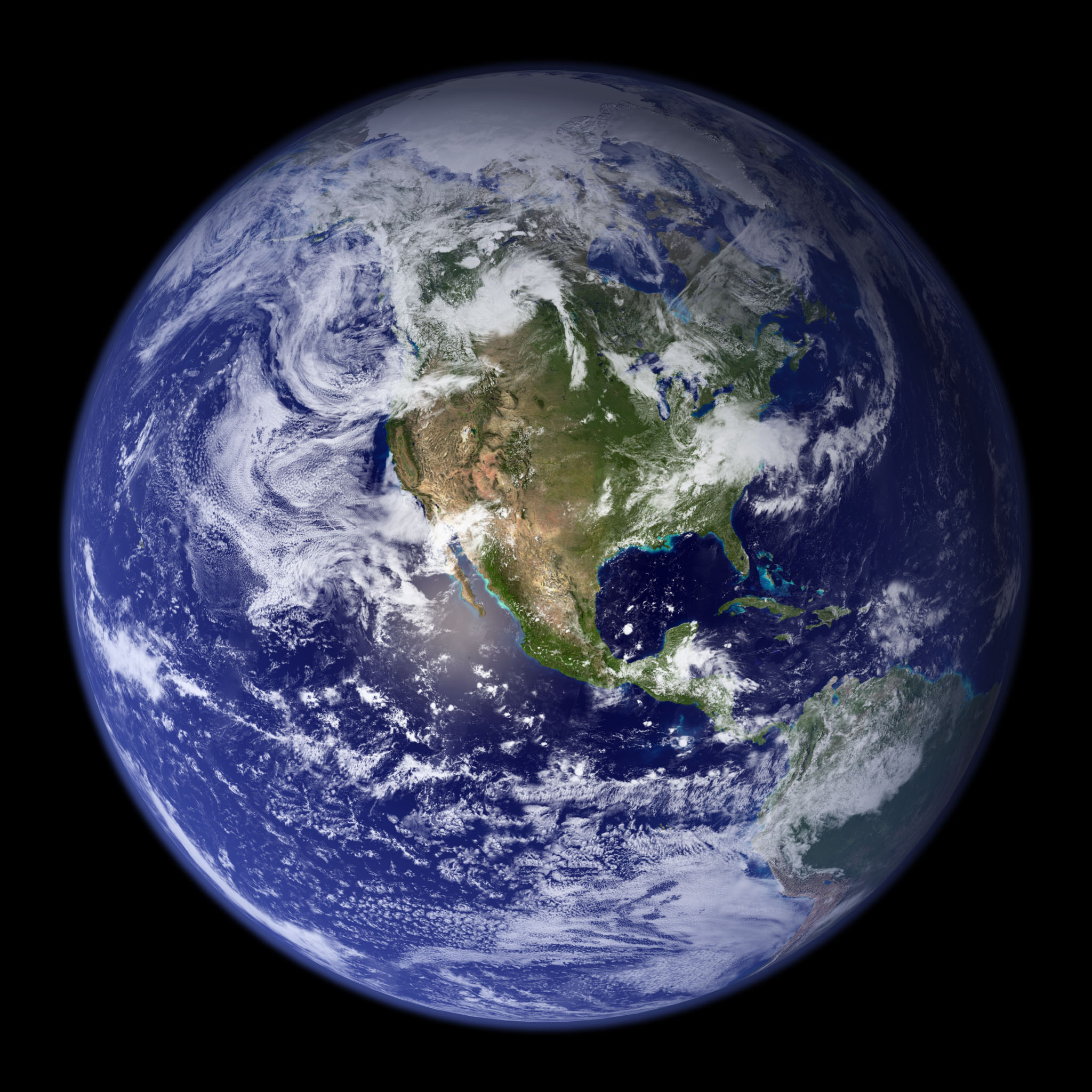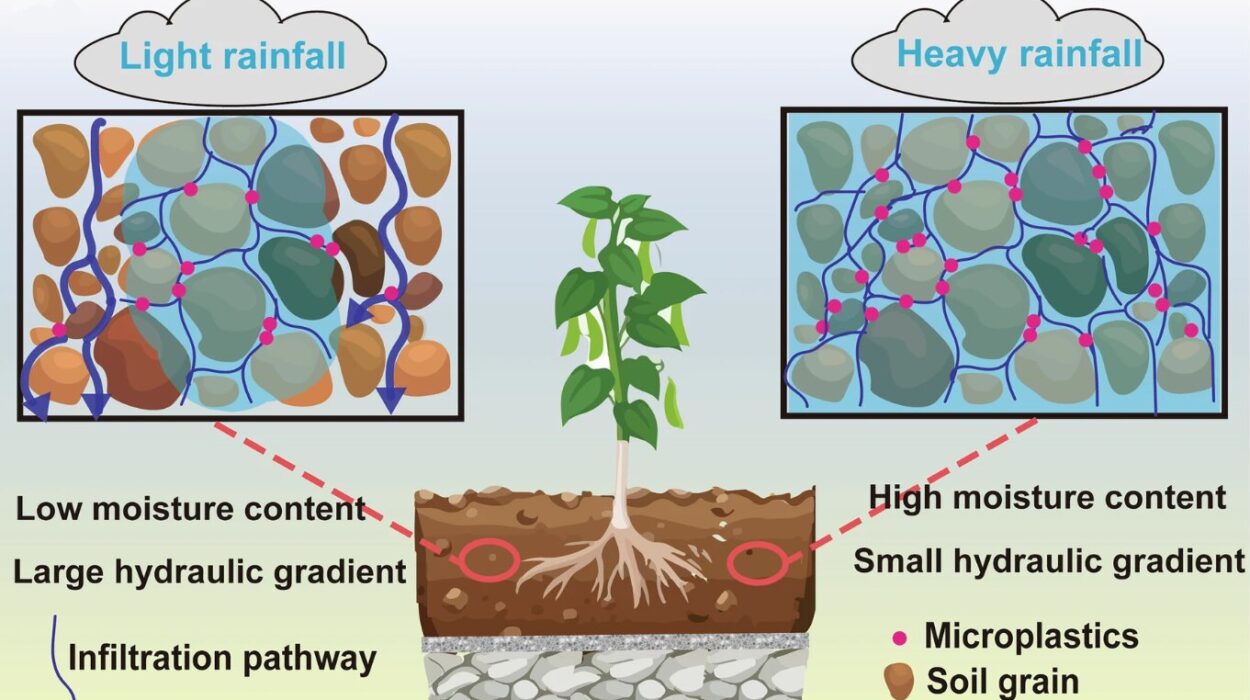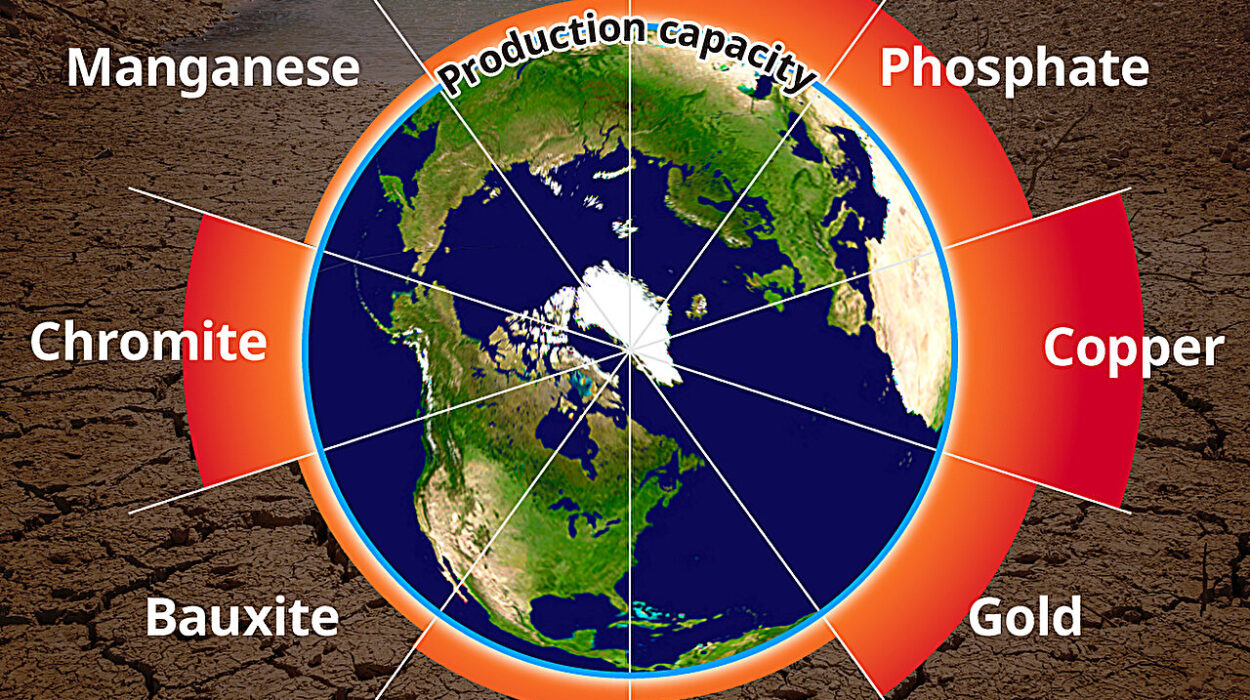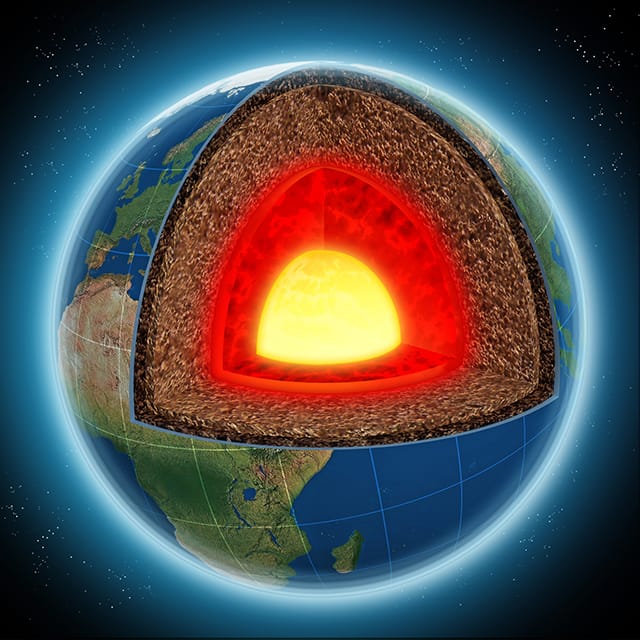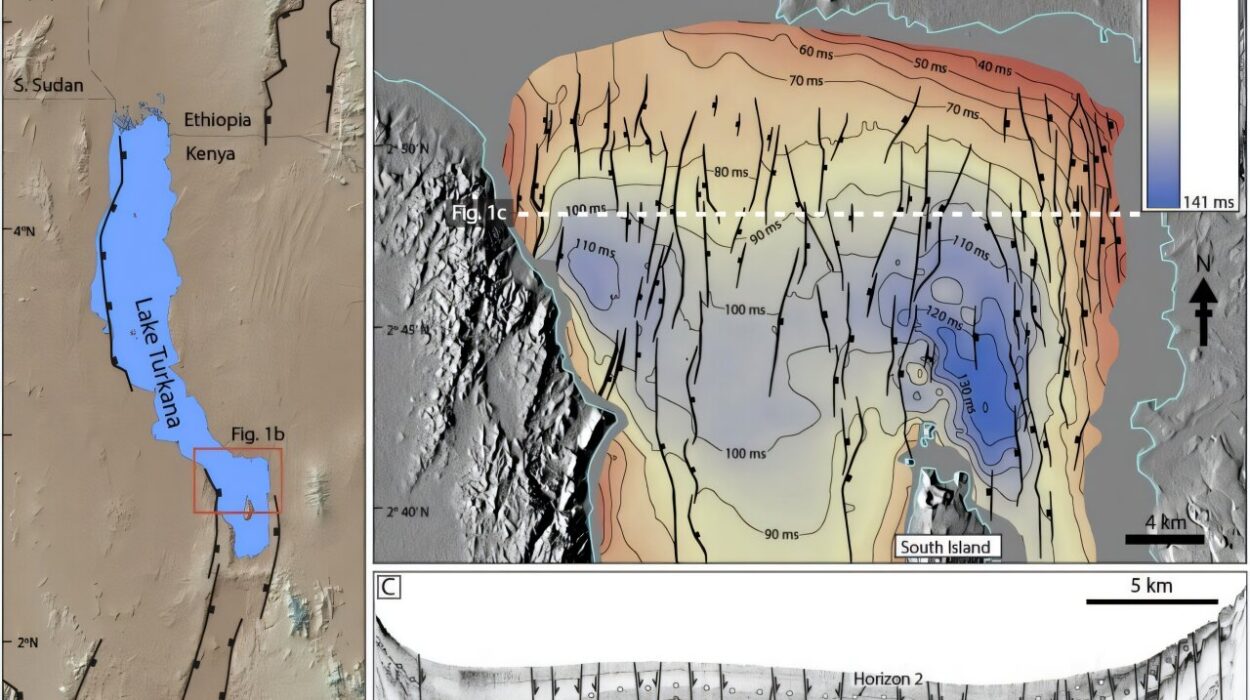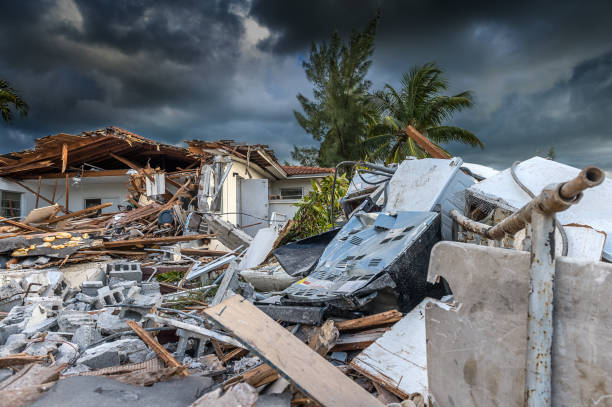Imagine looking at Earth from space for the first time. What would you see? A glowing orb of swirling blues and whites, streaked with clouds and glistening oceans. Unlike any other planet in our solar system, Earth is teeming with liquid water—rivers that cut through mountains, lakes that reflect the sky, wetlands brimming with life, and vast oceans that stretch beyond the horizon. Water isn’t just a feature of Earth. It is its identity.
But Earth’s surface water is more than beautiful. It is essential. It is alive. It moves, it breathes, it dances with the atmosphere in ways that determine whether a continent will suffer drought or floods, whether winters will be mild or brutal, whether the climate will tip into chaos or remain in balance. Surface water is not passive. It is a dynamic, interactive force in the grand symphony of climate—a powerful conductor that shapes the very heartbeat of the planet.
To understand Earth’s climate, we must first understand its surface water. For it is in the motion of lakes, rivers, and oceans that we find the hidden engine behind temperature, wind, precipitation, and even the future of life itself.
Where Sky Meets Liquid: The Constant Conversation
The atmosphere and surface water are in an endless conversation. They exchange energy, water vapor, carbon dioxide, and momentum in a cycle so intricate that even small changes can send ripples around the world.
At the center of this interaction is evaporation. As sunlight warms the surface of oceans, lakes, and rivers, water molecules absorb heat and rise into the sky as invisible vapor. This vapor, carried by winds, later condenses to form clouds and eventually falls as rain or snow, completing the water cycle. But this is more than just weather. Evaporation is how the surface cools itself and how energy moves from the ground into the sky.
This transfer of heat is a powerful mechanism known as latent heat exchange. When water evaporates, it stores energy. When it condenses in the upper atmosphere, it releases that energy, heating the air. This process fuels massive weather systems—from gentle rainstorms to towering hurricanes. The balance of evaporation and precipitation determines not only local climates but global climate zones. Too much evaporation without enough precipitation can turn forests into deserts. Too little evaporation can stifle monsoon rains and shift ocean currents.
In this water vapor cycle lies one of the strongest greenhouse gases: water vapor itself. While carbon dioxide and methane get much attention (and rightly so), water vapor traps more heat in Earth’s atmosphere than any other substance. But unlike CO₂, its presence depends directly on surface water. Warm oceans mean more evaporation and more atmospheric water vapor, which amplifies warming in a feedback loop. This is why surface water and climate are intertwined in an intricate, sometimes dangerous, dance.
Oceans: The Giant Thermostat of the Planet
If the climate system were a living body, the oceans would be its circulatory system. Covering more than 70% of Earth’s surface, oceans absorb, store, and transport massive amounts of heat and carbon, acting as the planet’s primary climate regulator.
At the surface, oceans soak up the sun’s energy. Because water has a high specific heat capacity, it can absorb vast amounts of heat without dramatically changing temperature. This property allows oceans to act as a thermal buffer, slowing down the rate at which the atmosphere warms or cools. In times of global warming, the oceans buy us time—but at a cost.
This stored heat doesn’t stay in one place. It moves through vast conveyor belts called thermohaline circulation—a slow but powerful process driven by differences in temperature (thermo) and saltiness (haline). In polar regions, cold, salty water sinks and flows toward the equator along the ocean floor, while warmer surface waters travel back toward the poles. This constant looping system, often called the Global Ocean Conveyor Belt, helps distribute heat from tropical zones to higher latitudes, influencing weather patterns, seasons, and even agriculture.
Changes in this ocean circulation system can have dramatic consequences. A slowdown in the North Atlantic Current, for instance, could plunge parts of Europe into colder winters even as the rest of the world warms. We saw this possibility explored in scientific projections and popularized in films, but the underlying science is real—and it’s unfolding now, slowly but surely.
Meanwhile, surface waters near the equator, warmed intensely by the sun, drive powerful atmospheric systems like the El Niño–Southern Oscillation (ENSO). During El Niño years, warmer ocean temperatures in the Pacific disrupt weather patterns worldwide, causing floods in South America, droughts in Australia, and failed monsoons in India. This isn’t some rare oddity—it’s a normal part of how the ocean breathes. But its frequency and intensity are now shifting, thanks to human-caused climate change.
Lakes, Rivers, and Wetlands: The Quiet Climate Architects
Though not as vast as oceans, inland bodies of water play their own critical role in the climate system. Lakes act as local thermal regulators. During summer, they absorb heat and moderate air temperatures. In winter, they release stored warmth, often preventing extreme cold from gripping nearby regions. This effect can be seen in areas like the Great Lakes region in North America, where the phenomenon of lake-effect snow produces heavy snowfall due to the interaction between cold air and relatively warm lake surfaces.
Rivers and wetlands also influence climate in subtler but no less important ways. Rivers transport not only water but also heat from inland areas to the oceans. They help regulate salinity levels at estuaries, influencing local ecosystems and regional ocean currents.
Wetlands—often overlooked and tragically drained for development—are powerful carbon sinks. They store vast amounts of organic material in waterlogged soils, where the lack of oxygen slows decomposition. Destroying wetlands releases this stored carbon, amplifying climate change. Preserving them, on the other hand, helps sequester carbon while supporting biodiversity and buffering against floods and droughts.
What makes these inland water bodies especially vulnerable is their proximity to human activity. Dams alter river flow and reduce sediment transport. Pollution degrades water quality and affects evaporation rates. And rising temperatures cause lakes to stratify earlier in the year, affecting oxygen levels and aquatic life. As climate change intensifies, the role of lakes, rivers, and wetlands becomes even more crucial—but also more endangered.
Sea Ice and Glaciers: The Melting Memory of Earth
Surface water exists not only in liquid form but also as ice. Glaciers, ice caps, and sea ice may appear static, but they are dynamic players in the global climate system. Their ability to reflect sunlight—known as albedo—helps cool the Earth. When ice melts, darker water or land is exposed, absorbing more heat and accelerating warming in a vicious cycle.
Nowhere is this more evident than in the Arctic. As sea ice melts at unprecedented rates, not only does albedo decrease, but ocean and atmospheric circulation patterns are altered. The Jet Stream, influenced by temperature contrasts between the poles and equator, becomes more erratic. This leads to unusual weather patterns like prolonged heatwaves, intense cold snaps, and shifting storm tracks.
Glaciers, particularly those feeding major rivers like the Ganges, Yangtze, and Indus, are critical water sources for billions. As they retreat, the long-term water supply becomes uncertain. Initially, glacial melt may increase river flow, but over time it will diminish, threatening agriculture, drinking water, and energy production in densely populated regions.
The ice sheets of Greenland and Antarctica, meanwhile, hold the power to reshape coastlines. As they melt, they contribute to sea-level rise—not just through the addition of water, but through changes in gravitational pull and ocean circulation. This is the slow, relentless fingerprint of climate change, etched in frozen time.
Surface Water as a Carbon Gatekeeper
One of the most overlooked roles of surface water is its function in the carbon cycle. Oceans absorb about a quarter of the carbon dioxide emitted by human activities. This is both a blessing and a curse. On the one hand, it slows atmospheric warming. On the other, it leads to ocean acidification, a silent crisis with grave consequences for marine life.
As CO₂ dissolves in seawater, it forms carbonic acid, which lowers the pH of the water. This makes it harder for shell-forming organisms like corals, oysters, and plankton to build their skeletons. These tiny creatures are the foundation of marine ecosystems and food webs. As they decline, the entire oceanic food chain is at risk.
Freshwater systems also play a role. Forested watersheds and wetlands absorb carbon, while eutrophic lakes—those overloaded with nutrients—can emit methane, a greenhouse gas far more potent than CO₂. Thus, how we manage our surface waters directly influences the planet’s carbon balance.
Climate Feedbacks and Tipping Points
The relationship between surface water and climate is not linear. It is filled with feedback loops—some stabilizing, others dangerous. When ocean temperatures rise, evaporation increases, leading to more water vapor and thus more warming. When permafrost thaws, ancient lakes and wetlands release methane. When ice melts, albedo drops, and oceans warm faster.
These are not theoretical concerns. They are observable, accelerating trends. Climate scientists warn of tipping points—thresholds beyond which the climate system shifts dramatically and irreversibly. Surface water is often the trigger or the signal that such a tipping point has been crossed.
For example, if the Atlantic Meridional Overturning Circulation (AMOC) collapses due to freshwater influx from melting Greenland ice, the consequences would be global—disrupting rainfall in the tropics, intensifying heatwaves in Europe, and altering monsoon patterns in Asia.
Understanding and monitoring surface water systems gives us early warnings. Satellite measurements of sea surface temperature, glacial retreat, lake levels, and evaporation patterns are now crucial tools in climate science. They provide not just data, but a map of our future.
A Call to Protect the Planet’s Liquid Lungs
If we wish to preserve Earth’s climate, we must protect its surface water. This means more than just reducing emissions. It means restoring wetlands, protecting river basins, reducing ocean pollution, and preserving ice sheets. It means valuing water not just as a resource to be consumed but as a partner in climate stability.
Human civilization began beside rivers, flourished by lakes, and spread across seas. Today, our survival still depends on the health of these waters. Every drop that evaporates, every current that flows, every glacier that melts is part of a planetary rhythm far older and wiser than we are.
Water does not forget. It remembers the warmth it absorbs, the gases it swallows, the toxins we pour into it. It responds not with vengeance, but with consequence. Floods, droughts, shifting rains, rising seas—these are water’s answers to a climate disrupted.
Yet, water also heals. A restored river can cool a city. A protected wetland can shield a village. A healthy ocean can absorb more carbon, support more life, and stabilize our future. In a warming world, surface water is both a mirror and a medicine.
Conclusion: The Soul of a Changing Climate
To understand climate is to understand water. Not in isolation, but in motion—in its restless rise from sea to sky, its quiet flow through forests and plains, its frozen silence on mountaintops and its thunderous roar in hurricanes.
Earth’s surface water is not a passive victim of climate change. It is an agent, an actor, a voice. It speaks through rain and drought, through glaciers calving and rivers flooding. And it is telling us something now—something urgent, something undeniable.
The question is: are we listening?
